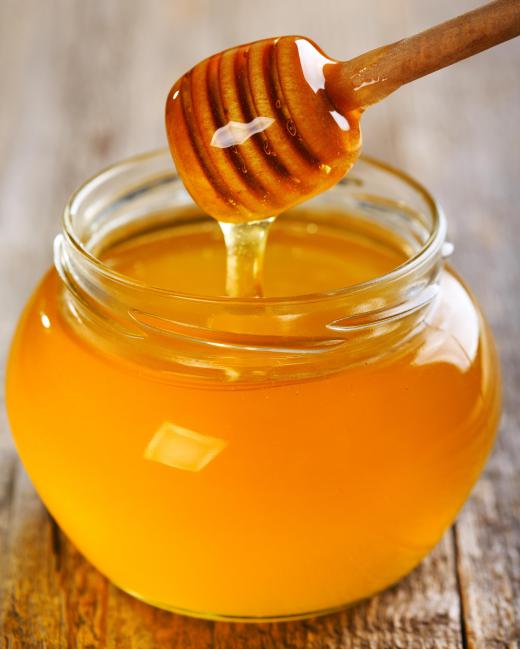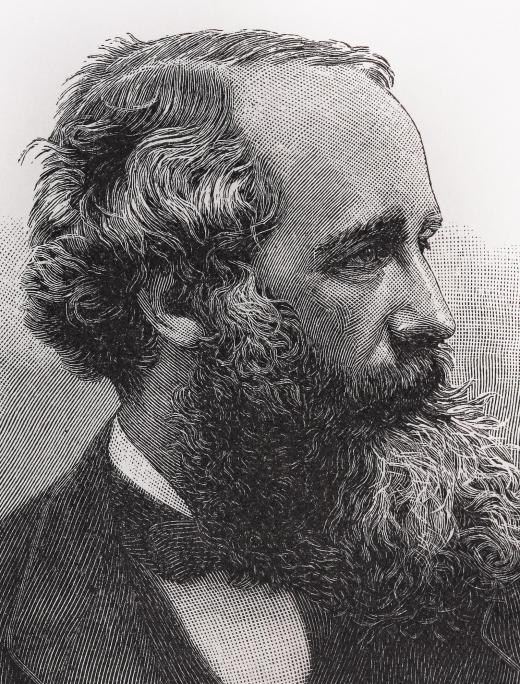What is Viscoelasticity?
Viscoelasticity is the discipline that seeks to explain both the elastic and viscous behavior of materials. Elastic deformation can be seen in the way a rubber band behaves, though metals and other materials behave in a fundamentally similar way. Viscosity refers to how strongly fluids resist rapid changes in shape; honey, for example, is very viscous because it tends to deform slowly. All materials show some elastic and viscous effects when changing shape.
Viscoelasticity is fundamentally a rearrangement of molecules in a substance. For small deformations of metals, viscoelastic effects can often be ignored. High temperature metals, woods, plastics, and biological tissue generally show significant viscoelastic properties that cannot be overlooked.

In addition to rubber bands, elastic behavior is also demonstrated in springs. The further a spring is compressed, the more force is required to hold it there. Springs are called linear if doubling the amount of compression will require double the force. While it may not be noticeable to the eye, metals get linearly compressed or stretched out when forces are applied to them. Elastic materials quickly return to their original sizes when all forces are removed.

Purely viscous behavior can be understood in the way honey responds to stresses from gravity. Honey can be poured from a jar, but it moves very slowly. This results because internal stresses between molecules increase with relative velocity between molecules. Faster movement of molecules is met with greater resistance to that movement. Viscous materials exhibit a time-dependent response to deformation.
James Clerk Maxwell, a Scottish physicist and mathematician, came up with a model to describe the phenomenon of viscoelasticity. It uses a spring for elastic effects and a dashpot, or device that resists motion based on its velocity, for viscous effects. A car’s suspension system uses this same process using shocks as the dashpots. Large deformations in the system are resisted by the springs, while rapid changes in deformation are resisted by the dashpots. Viscoelasticity is also commonly modeled using electric circuits.
Other parts of viscoelasticity are the effects of creep and stress relaxation. Creep is when a material tends to slowly sag, or deform, when it is subjected to a force for a long time. Engineers must take creep into account when designing buildings, because creep can cause materials to weaken to the point of breaking. A related effect, the phenomenon of stress relaxation, refers to a reduction in internal stress for a material held in a particular shape.
AS FEATURED ON:
AS FEATURED ON:












Discussion Comments
Yes, mattresses are a big area where you have to think about viscoelasticity. Another area is eye care.
I visited the eye doctor recently and I complained about having dry eye. He said they have these collagen type plugs that they can insert in the eye, and they help retain moisture.
The plugs are basically viscoelastic devices because they have to conform and bend to the shape of your eye, fitting perfectly and becoming almost totally invisible.
He recommended that I try them; however, the thought of putting anything in my eye at the moment doesn’t sit well with me. I’ll stick with my eye drops for now.
There is nothing better than to sleep on a mattress which has strong firmness and softness at the same time. The difference between mattresses that shape and hug your body, adjusting to your perfect sleeping position, and those that don’t, is like night and day in my opinion.
When I first bought a mattress I made the mistake of focusing only on price. Within a few years my affordable mattress was giving me back pain. After visiting a chiropractor he recommended that I not only focus on price, but on the viscoelastic properties of the mattress.
He may not have used that term, but that’s essentially what he was describing, the mattress’s ability to both hug my back in a firm way and release without sagging.
I found such a mattress, and have been having incredible sleep – even when I only sleep a few hours. I only wish I had learned about this sooner.
Post your comments